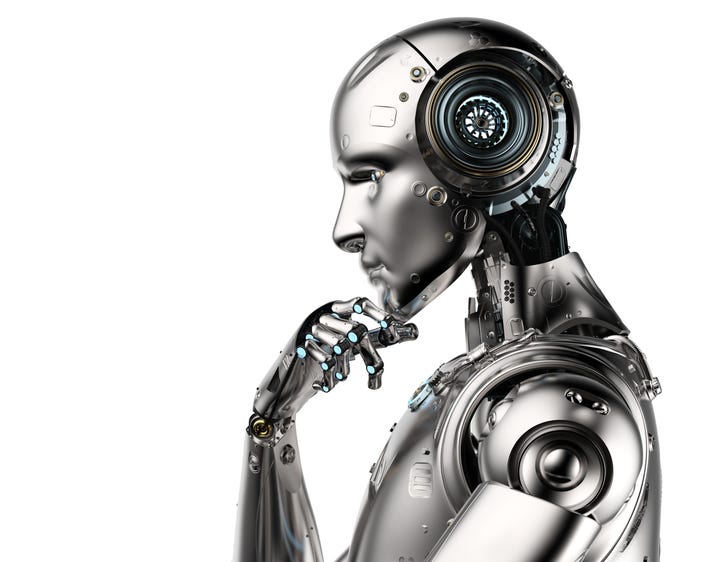The rapid advances in information technology are transforming science and society in unprecedented ways. Scientists have accumulated ever-greater quantities of data and expect instant results. Web users expect to receive data of all kinds, whether it is animations, numerical tables, or the results of programs. Those same advances have resulted in the rapid growth of high-speed networks, which allow them to store data from far away in a fraction of the time it takes to retrieve the same data locally.
While new technologies create huge benefits for society, they also pose grave risks ranging from malicious misuse to exacerbating socioeconomic inequalities. While numerous initiatives recognize these governance challenges, few have taken concrete action. Lack of political will, inadequate financial investment, and insufficient concerted cooperation have hindered responsible use of technologies and their associated risks. Those wishing to use information and communication technologies responsibly must address the following challenges:
Embracing IPA is a significant step in the evolution of information technology and business strategy. Organizations can take a leadership role in this shift by understanding its benefits and challenges. CIOs should also invest in capabilities that enable scale. This includes risk management and IT infrastructure management. But the biggest mistake CIOs make is confusing technology and pilots. As such, IPA should be understood and applied to maximize value and benefit. It will help CIOs lead the way as technology becomes more integrated into every aspect of business.

Advances in technology are also transforming our lives. With the continued reduction in cost of powerful computers, personal computers today offer processing power that would have been unthinkable just a few years ago. Increasingly, information technology is being applied in every aspect of our lives, from product development to distribution, new financial services, and more. So, in addition to the impact on everyday life, it is also being leveraged in business to help people make better decisions.
Disaggregated growth patterns in the IT industry show that while the telecommunications and broadcasting sectors dominate the sector, they only account for a small part of the overall growth. Internet publishing and data processing have produced tremendous growth rates, and these industries account for nearly a third of the total growth of the IT industry. The IT industry has expanded its contribution to the GDP in the past decade. In addition, it is also making investments in reskilling initiatives.
The latest projections indicate that information technology is poised to grow in importance to the economy. According to the U.S. Bureau of Labor Statistics, an estimated 11.5 million new jobs will be created over the next decade in the industry. Two of these industries occupy the top five fastest-growing sectors. They will make up 15.4 percent of the overall growth in the sector. The growth in IT is expected to be particularly rapid in developing economies, with India and China emerging as frontrunners in the ICT sector.
Advances in information technology are transforming many fields, and some of the advances will be highly disruptive. The digital revolution, which began over four decades ago, is an example of this, with its focus on processing data and analyzing it. It is expected to have a wide range of social, economic, and scientific implications. Ultimately, it will help us improve our lives through productivity and efficiency. And as an added benefit, the development of new technologies will help the world stay afloat.





